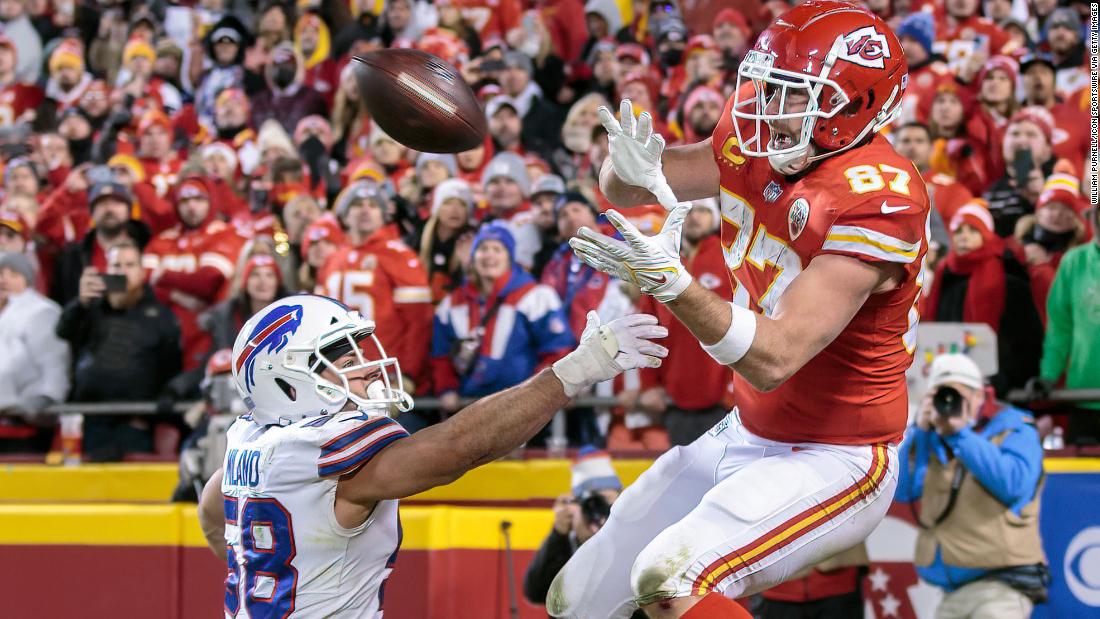The NFL’s overtime rule explained and why fans want to see it changed
Having won the coin toss at the beginning of overtime, Chiefs quarterback Patrick Mahomes connected with Travis Kelce for a walk-off touchdown on the first possession of extra time.
Such are the rules of overtime in the NFL, Josh Allen and his red-hot offense never got the chance to reply, annoying many neutral spectators.
Some called it the “worst rule in sports,” while others jokingly called for US President Joe Biden step in and fix the rule.
And while Allen, shortly after suffering the crushing defeat, was magnanimous about the current OT rules, it’s raised the question: should they be changed to allow both teams the opportunity to score?
Adding time
According to NFL rules, in the 10-minute overtime period: “Each team must possess, or have the opportunity to possess, the ball. The exception: if the team that gets the ball first scores a touchdown on the opening possession.”
In essence, if the receiving team does not score a touchdown on its first possession (or if the kicking team does not score a touchdown on a turnover), the game continues.
The current system has been in place since the 2011 postseason.
These rules differ from those in college football; rules which are arguably fairer than the NFL’s.
In college football, each team — regardless of who wins the overtime coin toss — gets a chance to go on offense from the other’s 25 yard-line in the first overtime.
Whereas, in the NFL, teams hope to win the coin toss and win the game at the first time of asking, in the collegiate game, the team that wins the toss usually decides to go on defense first because they will know if the other team scored a touchdown, a field goal or failed to score. Based on that, the team that goes second can choose to be more or less aggressive when they get on offense.
According to data from Oklahoma State’s Rick Wilson, a professor at the Spears School of Business, and through some research of box scores from Sports Reference, there have been nearly 300 overtime games involving Division I Football Bowl Subdivision teams from 2013-2021.
The team that received the ball second won 49.7% of the time since 2013, or right about 50% of the time.
While the NFL is unlikely to make changes off the back of one game, the wheels of motion might have been kicked into gear.
Calling for change
While Allen didn’t immediately express disappointment at the overtime rules, there wasn’t a shortage of players, past and present, chiming in in his absence.
“If you are still arguing, in a game like that, it’s not in best interest of EVERYONE that both Mahomes and Allen get the ball in (overtime) I don’t know what to tell you,” he said on Twitter.
“In a game where neither team could stop the other at the end, a literal coin flip determined the ending.”
“Being in that situation, really having no control, no rebuttal or no retaliation on playing against an amazing offense like that — it kind of sucked.”
The proposal reportedly did not gain enough support and so was thrown out, but the future could have been very different if it had…
CNN’s Harry Enten contributed to this report.
For all the latest Sports News Click Here

